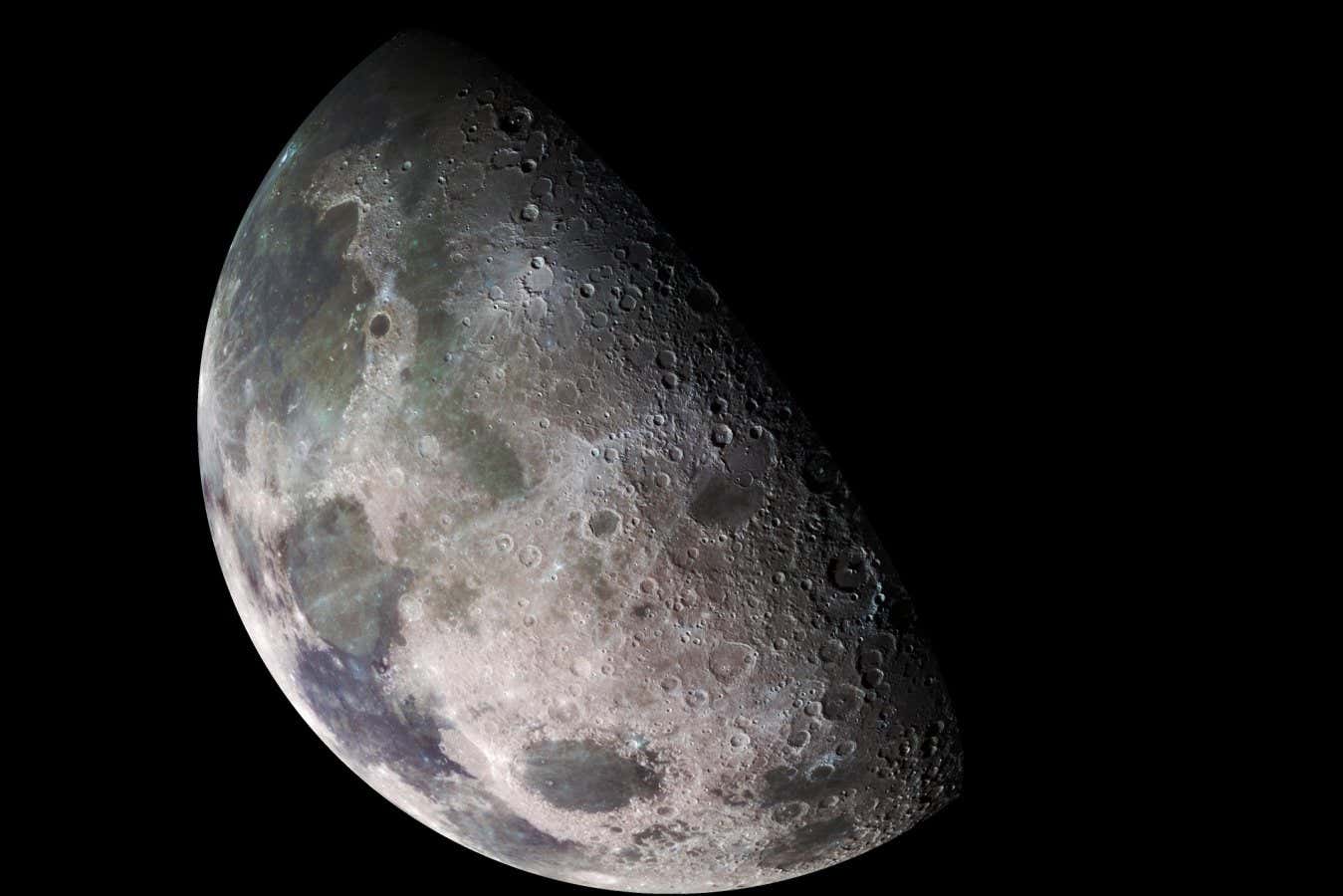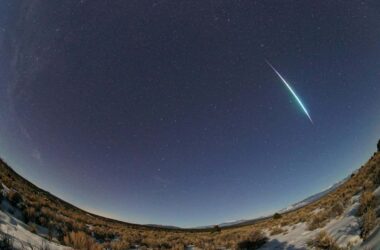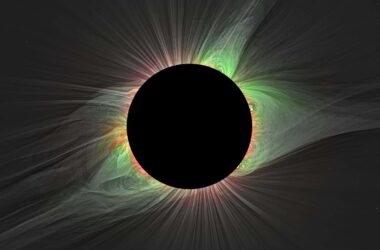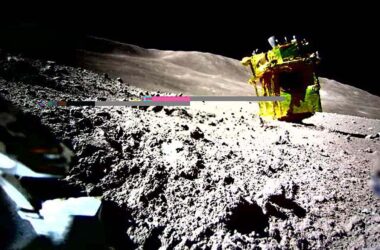A recent reanalysis of lunar rock samples suggests that the moon is actually 40 million years older than previously thought. The new age estimate places the formation of the moon at least 4.46 billion years ago.
Scientists theorize that the moon formed after a Mars-sized planet collided with Earth, causing a chunk of molten rock to be ejected into space. As this molten material cooled and solidified, it gave rise to zircon crystals. These crystals, known for their durability in extreme conditions, have survived over time and can provide insights into the moon’s earliest stages.
Zircon crystals contain radioactive uranium, which undergoes decay at a predictable rate, allowing scientists to determine the age of a rock sample by measuring the ratio of lead to uranium within it.
Researchers, led by Philipp Heck from the University of Chicago, reanalyzed a sample of zircons obtained from lunar rock brought back during NASA’s Apollo 17 mission in 1972. They employed a technique called atom probe tomography and found that these zircons are approximately 4.46 billion years old.
By dating the zircons, the scientists can establish when the moon’s magma ocean solidified or mostly solidified. This information serves as a crucial reference point in the lunar chronology, akin to placing a nail in the timeline of the moon’s formation.
Previous analysis of the same zircon sample in 2021 using mass spectrometry suggested it was old, but it could not determine if the lead present was a result of radioactive decay or simply coincidence.
Atom probe tomography, on the other hand, provides a highly detailed analysis of the atoms’ composition and arrangement. It accomplishes this by using a beam of charged particles to remove an extremely thin section of a sample, only a few atoms thick. A powerful laser then vaporizes these atoms, which are subsequently analyzed by a mass spectrometer.
The age of the solar system is estimated to be around 4.57 billion years, which enables scientists to narrow down the moon’s formation timeline. According to Mahesh Anand, a researcher at the Open University in the UK, previous studies have suggested that the impact responsible for creating the moon occurred 50 million years after the formation of the solar system. Combining this information with the new findings, it appears that the moon solidified rapidly within a narrow time window of 50 million years.
Topics:








